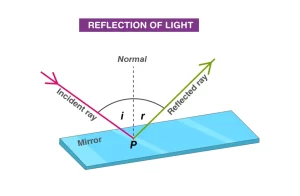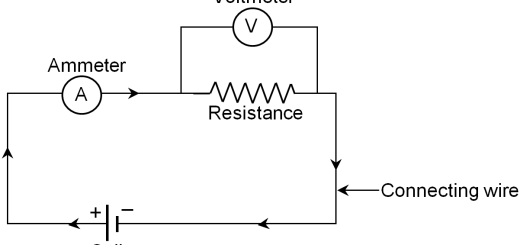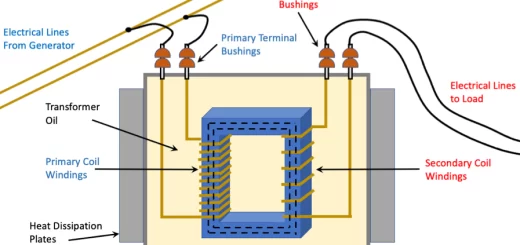Properties of electromagnetic waves and Light reflection
Light is an essential form of energy, The Sun is the most important source of light energy, It is the main natural source, It gives us heat and light, and it provides the green with light energy to carry out the photosynthesis process to make their food, Man depends on plants and animals, which feed on plants, It provides the living organisms with heat energy for warming.
Wave nature of light
Light is an electromagnetic wave and has its properties.
Properties of electromagnetic waves
- They propagate in materialistic media and non-materialistic media (space).
- They propagate in the space at a constant velocity, which is 3 × 108 m/s.
- They consist of vibrating electric and magnetic fields at a certain frequency in phase with each other, perpendicular to each other, and perpendicular to the direction of the wave propagation.
- They are transverse waves only.
- It has an extensive range of waves that differ in frequencies and wavelengths, this range is called electromagnetic spectrum and includes Radio waves, X-rays, Ultraviolet waves, Microwaves, Infrared waves, Visible light waves, and Gamma rays.
Scientists believe that each wave needs a medium to transfer through, So, both sound and light need a medium to transfer through it, Scientists therefore assume that the space is filled with a medium that transfers the light wave called the ether.
In 1873, the British scientist James Clerk Maxwell developed his equations according to the previous work of Michael Faraday which proved the connection between the electric field and the magnetic field where vibrations or the movement of charges generate transverse electromagnetic waves.
When Maxwell found that the calculations of the speed of electromagnetic waves are similar to the speed of light waves, he predicted that light is a transverse electromagnetic wave.
As , the propagation of electric waves or magnetic waves does not require a materialistic medium, the electromagnetic waves also do not require the existence of a physical medium spread through which led to the abandonment of scientists on the idea of ether.
In their study of physics, physicists divided into two groups which are Isaac Newton and others thought that the light was made up of very small particles, Hygens and others thought that the light was a wave.
However, modern physics has proven the principle of the duel nature of waves, which states that electromagnetic waves have:
- Wave: They are transverse electromagnetic waves.
- Particles: They consist of particles called photons.
It is clear that visible light is a limited part of the electromagnetic spectrum, Properties of light waves are Reflection, Refraction, Interference, and Diffraction.
Light reflection
Light propagates in a straight line in all directions, When the light falls on a reflecting surface, it bounces in the same medium and this phenomenon is known as light reflection, Light reflection is the bouncing (returning back) of light waves in the same medium when they meet a reflecting surface.
The angle of incidence is the confined angle between the incident light ray and the normal line at the point of incidence on a reflecting surface, Angle of reflection is the confined angle between the reflected light ray and the normal line at the point of incidence on a reflecting surface.
Light reflection obeys two laws of reflection, which are:
- The first law: Angle of incidence = Angle of reflection
- The second law: The incident light ray, the reflected light ray, and the normal line at the point of incidence all lie on the same plane perpendicular to the reflecting surface.
When light falls perpendicular to a reflecting surface, it reflects on itself, It is easier to see your reflection on the glass window of a lighted room at night when the outside is dark than seeing your reflection in daytime.
When the room is so dark, The intensity of light passing from outside into the room is very small, So, the person can see his image as a result of a small amount of light reflected on the glass inside the room.
When outside the room is lighted, The intensity of light passing from outside is larger than the reflected light intensity inside the room, So, it is difficult for the person to see his image by reflection.
What are the laws of light reflection?
The regular reflection and irregular reflection of light
Light refraction, Snell’s law, Factors affect the absolute refractive index of a medium
Properties of light interference and light diffraction
Light wave properties, Analysis of white light, Spectrum colours and Light intensity
Types & Laws of light reflection, Regular and Irregular reflection of light





V.Good
Thank you very much